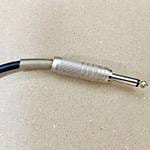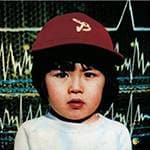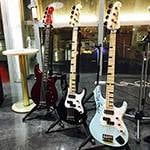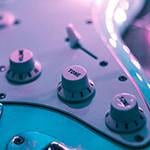Ryuichi Sakamoto: The Synthesizer as His Weapon
This column explores Ryuichi Sakamoto’s music through the synthesizers he cherished.
Sakamoto, who passed away on March 28, 2023, played a key role in the early days of J-pop, contributing as an arranger and keyboardist for many renowned artists.
I haven't listened to all of his music, but I was one of those who resonated with his work during my university years.
When I first saw the news about the formation of YMO on a convenience store bookshelf near my campus, I already knew Haruomi Hosono and Yukihiro Takahashi, but the name Ryuichi Sakamoto was unfamiliar to me.
"Who is Ryuichi Sakamoto?" That was my first reaction upon seeing his name in 1978.
Back then, I had no idea how remarkable he was, but as I delved into his music, I came to realize his genius. Being able to experience his music in real time was truly a privilege.
Sakamoto was a graduate of the Tokyo University of the Arts' graduate school. While he was an academically trained musician with a foundation in classical music, he also possessed a certain radical and avant-garde spirit.
The weapon he chose was the synthesizer.
Classically trained musicians are often perceived as being reluctant to embrace electronic instruments like synthesizers—but Sakamoto was different.
When it comes to expressive capabilities, nothing surpasses the acoustic piano. However, upon entering Tokyo University of the Arts, Sakamoto became fascinated with the synthesizer’s ability to generate new sounds. He was a musician who refused to be confined to the acoustic piano alone.
In his twenties, Sakamoto was already arranging and performing for various Japanese artists. The limitations of acoustic and electric pianos in arrangement—essentially the act of embellishing a piece—were clear. It was only natural that he turned to the emerging technology of synthesizers to push musical boundaries.
YMO: A Musical Antithesis
YMO’s music was an antithesis to traditional music norms. Music had always been something performed by humans, and the idea of humans adapting to music played by machines was unheard of. YMO emerged from a concept that overturned this fundamental notion.
In interviews from that time, Sakamoto expressed his fascination with the idea of humans adjusting to machines. He also saw it as an opportunity to have machines play phrases that would be difficult or impossible for a human to perform.
At the time, I felt a sense of discomfort with the idea of machines performing music that was traditionally played by humans. I didn’t like those beeping synthesizer sounds, and I resisted the uniformity of machine-driven rhythms. In a way, YMO’s music felt unconventional—almost heretical.
Looking back now, YMO’s music feels like a sophisticated and brilliantly unconventional masterpiece.
In fact, Haruomi Hosono initially approached other drummers besides Yukihiro Takahashi, but they declined. They couldn't find interest in music constrained by machines.
But the members of YMO were different. Sakamoto, in particular, found this antithesis fascinating and embraced it with an open mind. This duality—respecting tradition while exploring the unconventional—was perhaps one of Ryuichi Sakamoto’s greatest charms.
Ryuichi Sakamoto: Master of the ARP Odyssey
In the late 1970s, monophonic synthesizers—capable of producing only one note at a time—were at their peak.
However, it was also the dawn of polyphonic synthesizers, with the emergence of models like the Korg PS-3100 and the Roland Jupiter-4.
Among the iconic monophonic synthesizers of that era were the ARP Odyssey and the Minimoog.
Sakamoto’s instrument of choice was the ARP Odyssey. He once commented that, unlike the Moog’s thick sound, he preferred the Odyssey’s thin, plasticky tone.
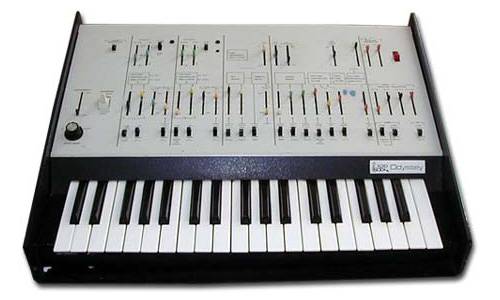
ARP Odyssey Synthesizer, CC BY-SA 3.0 (Quoted from Wikipedia)
Released in 1972 by ARP Instruments, the ARP Odyssey is an analog synthesizer. It has three different models, with later versions featuring a rubber pressure-sensitive pad for controlling pitch bend and modulation.
Ryuichi Sakamoto used the early model. Some musicians controlled pitch by turning the knob on the lower left side and used it for bending notes.
In 2015, Korg revived the ARP Odyssey, generating significant buzz.
Ryuichi Sakamoto’s Approach to Synthesizers
Sakamoto once commented that he needed two types of synthesizers: one for sound design and another capable of producing harmonies.
This time, we’ll introduce albums where he used the ARP Odyssey—an example of a sound-design-focused synthesizer that cannot play chords.
■ Tatsuro Yamashita – IT'S A POPPiN' TiME(1978)
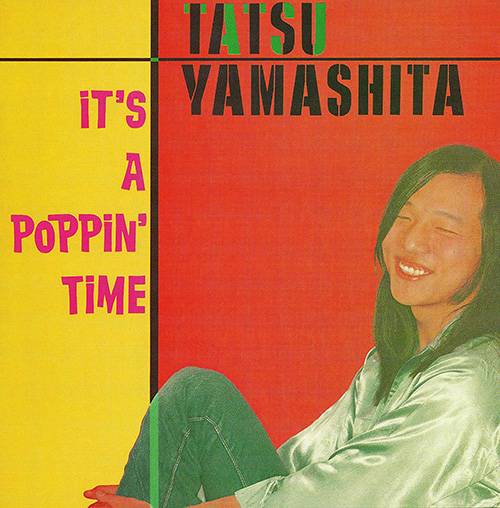
This album is primarily a live recording but also includes studio tracks. Sakamoto plays acoustic piano, Fender Rhodes piano, and the ARP Odyssey synthesizer.
Recommended Track: "Space Crush"
Sakamoto’s approach to sound design with synthesizers can be heard in this track.
Synthesizers generate sound using components like oscillators (VCO – Voltage-Controlled Oscillator), filters (VCF – Voltage-Controlled Filter), and amplifiers (VCA – Voltage-Controlled Amplifier). By modulating the VCO with an LFO (Low-Frequency Oscillator), a vibrato effect is created. Modulating the filter produces a growl effect, while modulating the VCA results in a tremolo effect.
At the beginning of Space Crush, you can hear sound effects (SE) created using the ARP Odyssey. By maximizing the modulation of the filter (VCF) with an LFO, Sakamoto generates a cosmic, space-like sound.
After the second chorus, he pushes the VCO modulation to its maximum while gradually increasing the LFO speed from slow to high-speed. This creates a powerful vibrato effect, adding a dramatic sound effect that evokes the image of a "space crash."
■ Album: Yukihiro Takahashi – Saravah! (1978)
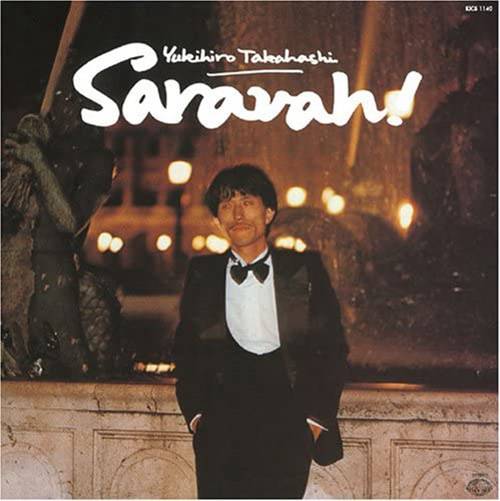
Yukihiro Takahashi’s masterpiece solo album, released in 1978, a year before KYLIN Live.
A highlight of the album is Ryuichi Sakamoto’s arrangements and compositions.
The ARP Odyssey, which he also used in Tatsuro Yamashita’s band, plays a significant role here.This pre-YMO album showcases the concept of using synthesizers for sound effects and atmospheric elements, a technique that would later become a signature of YMO’s music.
Recommended Track: "Elastic Dummy"
A track composed by Ryuichi Sakamoto for Yukihiro Takahashi. On the eve of YMO’s formation, an important presence in the music scene was KYLIN, a band formed by guitarist Kazumi Watanabe. Sakamoto also participated in KYLIN, and this instrumental track evokes its sound.
It’s a great example of synthesizers being used for sound design. The melody is catchy and pop-oriented, while the ARP Odyssey is used creatively: by increasing the VCO modulation, pressing and releasing multiple keys, and adjusting the LFO speed, Sakamoto layers dynamic sound effects into the arrangement.
Featured Musicians, Albums, and Recommended Tracks
- Artists: Ryuichi Sakamoto, Yukihiro Takahashi, Kazumi Watanabe, Tatsuro Yamashita
- Albums: IT'S A POPPiN' TiME, Saravah!
- Tracks: Space Crush, Elastic Dummy
The “sound & person” column is made possible by your contributions.
For more information about contributions, click here.






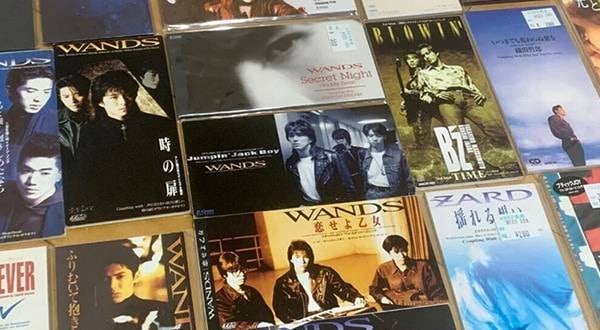
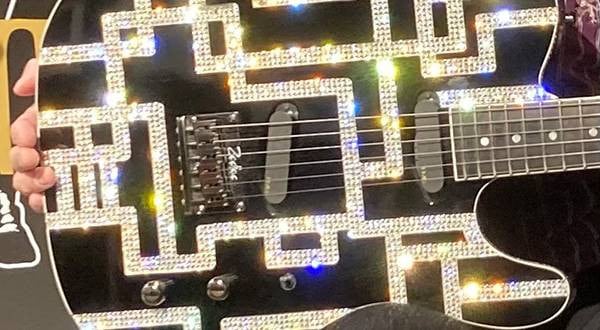
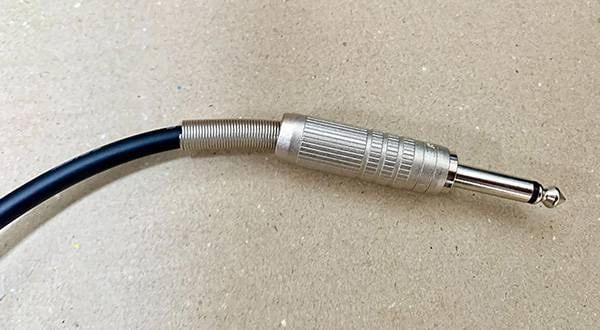
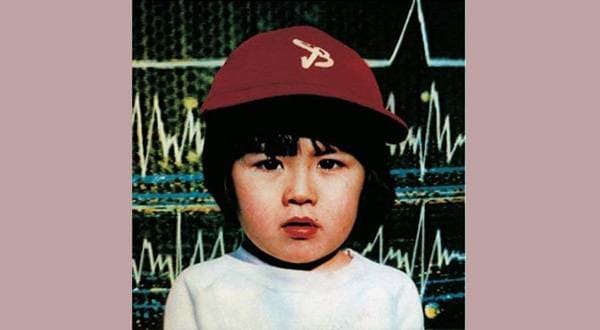
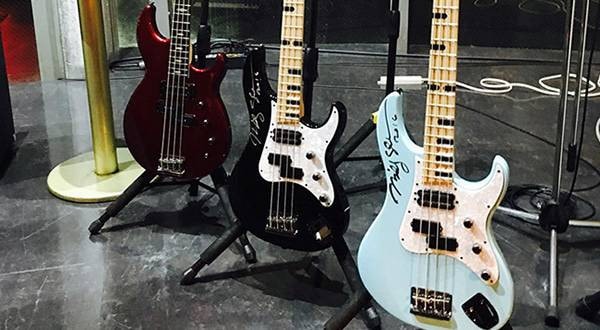
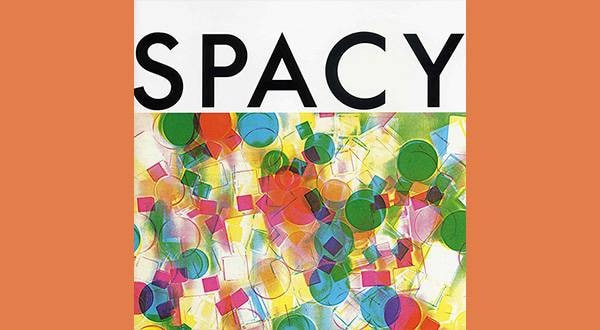
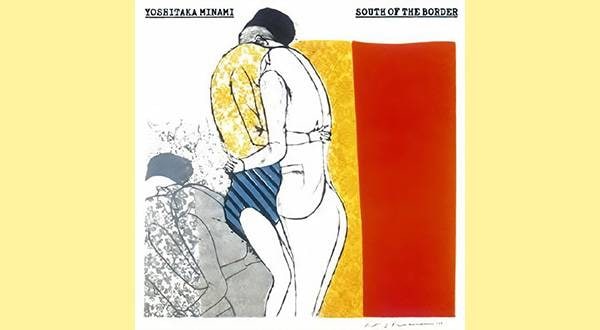

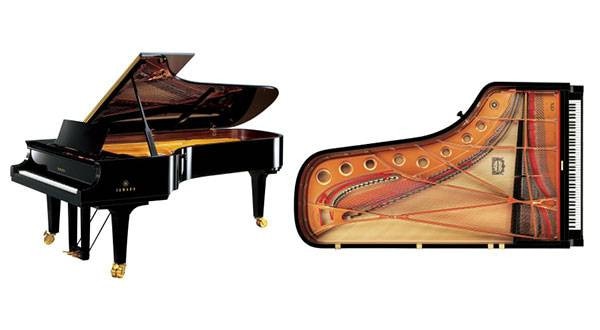
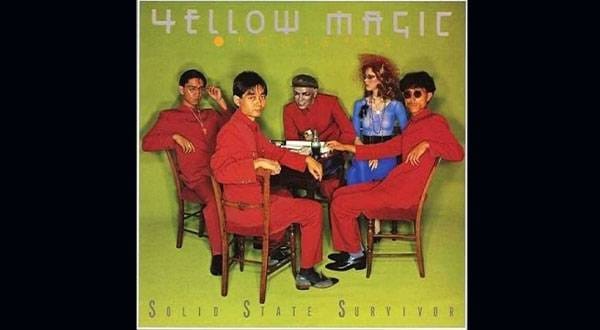
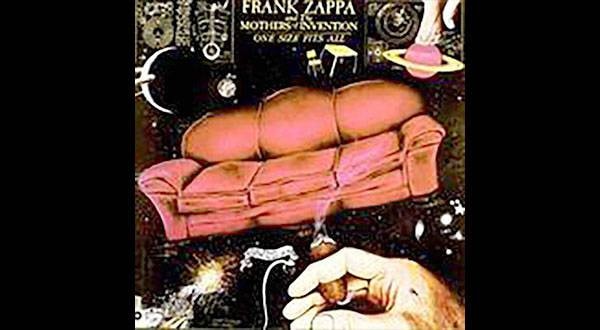
 DTMに必要な機材
DTMに必要な機材
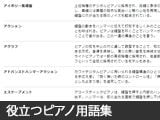 自分にあったピアノを選ぼう!役立つピアノ用語集
自分にあったピアノを選ぼう!役立つピアノ用語集
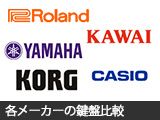 各メーカーの鍵盤比較
各メーカーの鍵盤比較
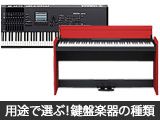 用途で選ぶ!鍵盤楽器の種類
用途で選ぶ!鍵盤楽器の種類
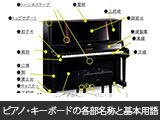 ピアノ・キーボードの各部名称
ピアノ・キーボードの各部名称
 DTM・DAW購入ガイド
DTM・DAW購入ガイド


